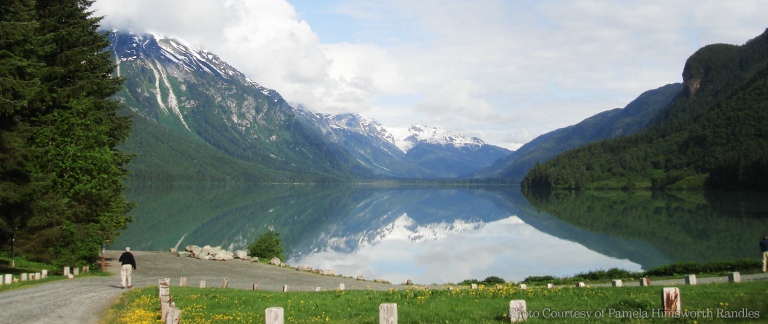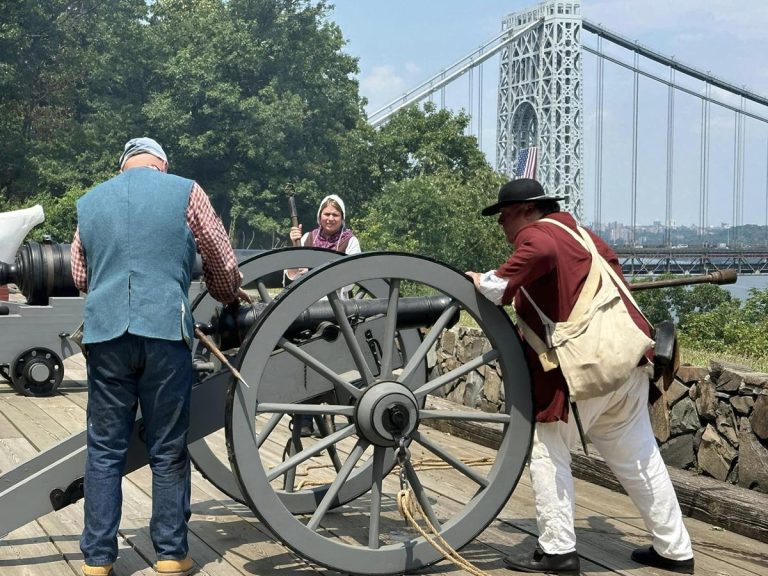Totem Bight State Historical Park immerses students in the cultural traditions and history of the Tlingit and Haida peoples. Located along Southeast Alaska’s dramatic coastline near Ketchikan, the park’s collection of authentic totem poles and restored clan house offers young learners a vivid entry point into Indigenous storytelling, artistry, and community life.
Each totem pole tells a distinct narrative—using carved symbols of animals, spirits, and clan emblems—to convey cultural identities and ancestral stories. Students can discover the symbolic meanings behind these carvings and gain insight into the beliefs and practices of Alaska Native communities. The site’s clan house displays the communal architecture typical of these societies, illustrating how construction techniques and decorative details mirror cultural values.
Guided tours, led by knowledgeable park rangers, shed light on carving techniques, local folklore, and the broader historical context of the Tlingit and Haida peoples. Educational programs aligned with state and national standards explore themes of Native American history, art, and environmental science. Hands-on activities may involve sketching, storytelling, or creating miniature totem designs. For schools unable to travel, virtual field trips deliver real-time video tours of totem poles, accompanied by Q&A sessions with cultural experts.
Resources for educators—including activity guides, lesson plans, and professional development sessions—support curriculum integration before and after the visit. At Totem Bight, students grasp the significance of preserving cultural heritage, learning how totem art is both a historical record and a living tradition that continues to guide Indigenous identity today.





